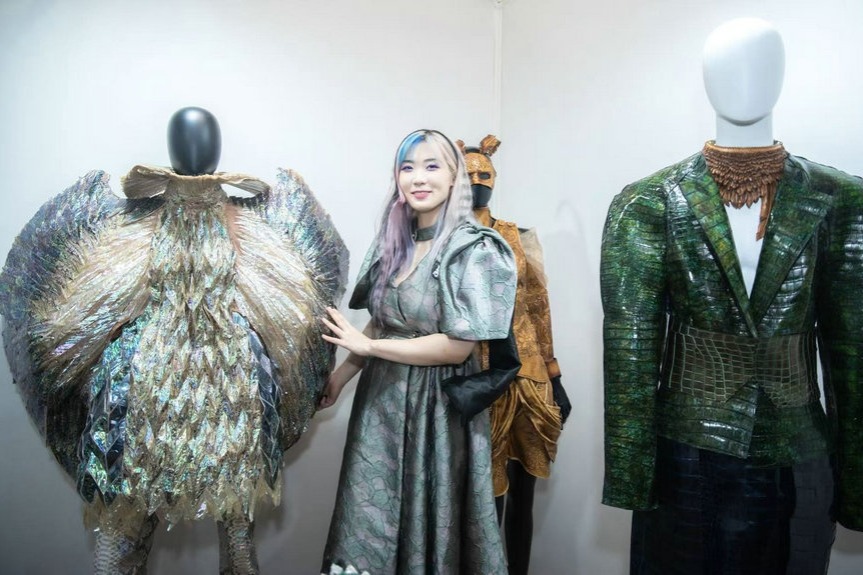Reserve battles to save endangered sea turtles

GUANGZHOU - Sea turtles, living fossils that have survived as a species for hundreds of millions of years, now face extinction. In recent years, China has ramped up efforts to protect the reptile and the national sea turtle nature reserve in Huidong county, Guangdong province, is one such initiative.
It has successfully bred turtles to increase their numbers and release them back to the wild. Since April, eight captive sea turtles in the nature reserve, one of the remaining nesting sites for sea turtles in China, have laid over 1,000 eggs during this year's nesting season, which lasts until October.
"One turtle has laid three clutches of eggs in just over a month, one of which has 196 eggs, setting a record for the spawning number of captive turtles in the nature reserve," says Wang Shaofeng, head of the reserve administration.
The sea turtle has been around since the time of the dinosaurs, and generally has a life span of 200 years. During the nesting season each year, they migrate to their birthplace to mate and lay eggs after reaching sexual maturity at around 30 to 50 years old.
The population of wild sea turtles has been on the decline in recent years due to human activities, habitat loss, accidental capture, injury and illegal trade.
The nature reserve, set up in 1985, has rescued wild sea turtles that come ashore. These turtles have laid over 80,000 eggs, around 70,000 of which were hatched. It has also released over 60,000 sea turtles back into the sea.
Earlier this year, China adjusted its list of key protected wild animals, raising the protection level of sea turtles to Level 1.
"It is our responsibility to protect the nature reserve and preserve the species to slow down, or even reverse, the extinction trend of the ancient reptile," says Chen Hualing, with the reserve administration.
In 2017, the reserve made a breakthrough in the fully artificial breeding of sea turtles. It has managed to induce female turtles to come ashore and lay over 4,500 eggs, with over 2,500 baby turtles hatched.
In 2020, the reserve opened the country's first rewilding base to prepare captive sea turtles for their return to the ocean. Prior to release, the turtles are taught to forage in the ocean and to fend for themselves.
In May, 28 sea turtles returned to the reserve after eight months of training at the base. "These turtles, aged between 2 and 3, are robust and active. They will be released into the sea soon," says Xia Zhongrong, an engineer with the reserve.
Xia is working on turtles' identification chips and genetic profiles. "Fishermen can scan the QR codes put on their shells, and report to the rescue center when they catch one by mistake," Xia says. "We hope to use these techniques to better monitor living conditions and migratory routes of the turtles, which will help our future research and conservation."
In a pool at the nature reserve, two turtles have been placed in separate "rooms". "They were mistakenly caught by local fishermen and brought here for medical treatment," says Li Manwen, a technician with the reserve.
Since 2001, the reserve has treated over 1,000 injured wild sea turtles, 800 of which have been cured and released into the sea.
To raise public awareness about sea turtle protection, Chinese authorities and nongovernmental organizations have conducted various activities.
China has added more than 200,000 hectares of wetlands in the past five years in a bid to improve the marine ecological environment inhabited by sea turtles.
Under an ecological restoration project, more than 8 million mangroves have been planted in Kaozhouyang bay, about 10 kilometers north of the reserve, and another 50 hectares of mangroves will be added to enrich this "natural dining hall" for sea turtles.




































